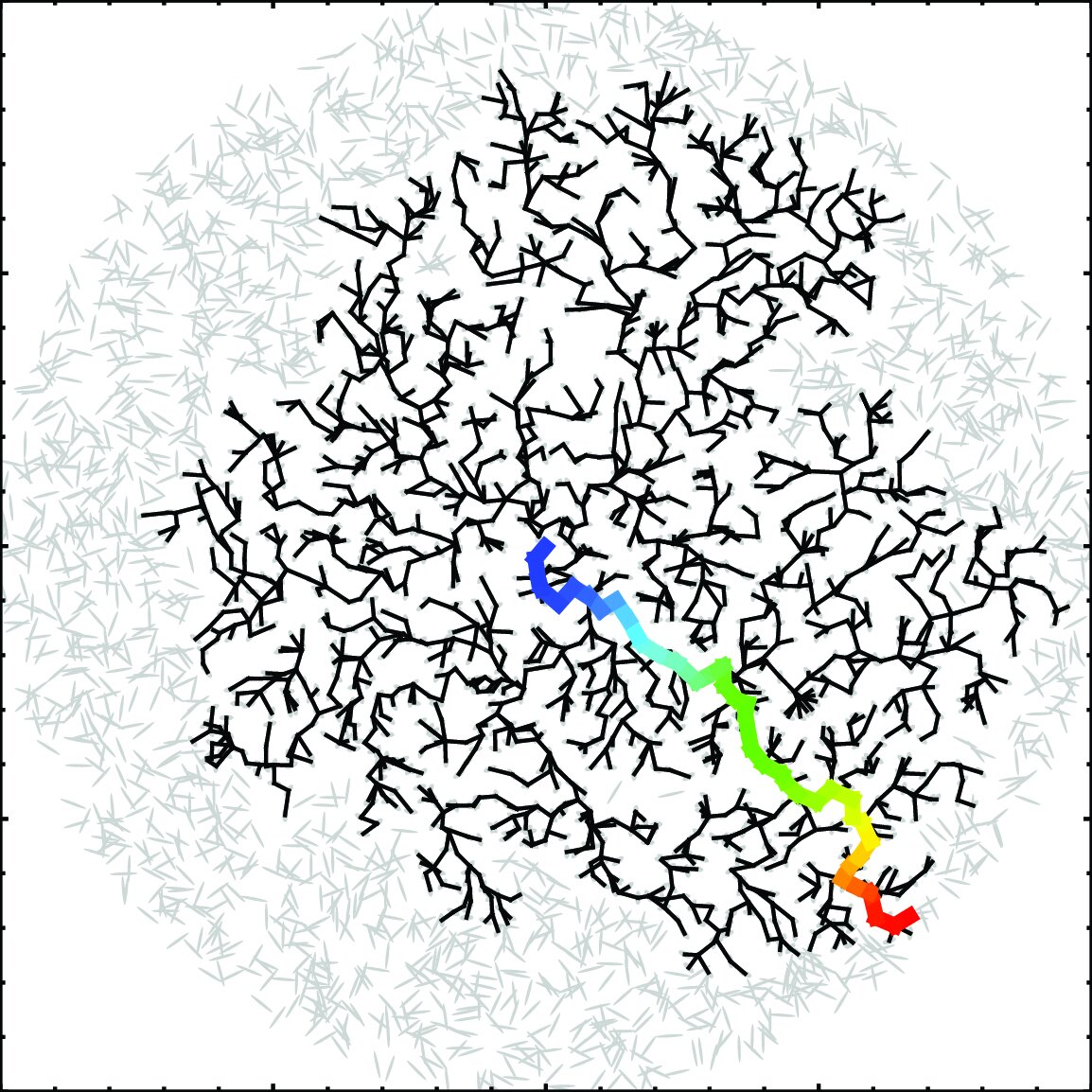Spirostomum
cells that COMMUNICATe using hydrodynamic trigger waves
Even though its a single cell, this organism is making waves!
Spirostomum ambiguum (Heterotrichea) are ciliated protists that you can probably find in your local lake or pond! Usually, they will move around using their tiny cilia, but when the cell is surprised, you’ll see an amazing behavior. This tiny single-celled organism will contract to under half its body length in under 5 milliseconds, reaching almost 14 G’s! What’s more is when one cell triggers its ultrafast contraction, all the neighboring cells do the same! How does this fascinating mechanism work on such a small scale? And how does this tiny cell know when to use it?
Spirostomum ambiguum. A dinosaur of the microbial world.
We utilize cutting-edge techniques, such as innovative imaging and hydrodynamic experiments to gather kinematic and fluid mechanics data. This data serves as the foundation for developing mathematical models that provide us with a deeper understanding of these amazing creatures. These magnificent single-celled organisms serve as biological models, inspiring us to bioengineer active synthetic cells and investigate their collective behavior.
Discovery of a puzzling group contraction. Cells appear to contract instantaneously.
This project has been featured in nature and physics today.
Major questions
1) How fast does a Spirostomum contract?
2) How does a single Spirostomum signal danger to an entire population?
3) What can we learn from Spirostomum that will help us design synthetic contracting cells?
What we’ve discovered
Spirostomum contract their cytoskeleton so quickly it generates a flow in the surrounding water.
Spirostomum can contract to about 40% of its original length in five milliseconds, which is 100 times faster than the blink of an eye,This rapid movement generates a long-ranged vortex flow in the fluid!
Fluid flow triggers population-level waves of contraction.
When one cell triggers, all nearby cells will fire as well! When a single cell contracts, the long-range vortex will trigger the neighboring cells. As long as the neighboring cells are close enough, the wave will propagate across the entire population. This is a fascinating example of long-ranged single-cell signaling using hydrodynamics.
Cell contraction triggered by mechanical strain and ion channel opening.
We establish a connection between the velocity of the flow that triggers a contraction and the level of tension induced in biological membranes. We discovered an intriguing similarity between the tension required to open mechanosensitive ion channels in cell membranes and the tension that triggers contraction, supporting the idea that protists use these channels to sense liquid flows.
Hydrodynamic signaling enables long-range communication
We identified a new form of rapid, long-range signaling among single-celled organisms, which enables Spirostomum to coordinate its contractions and synchronize toxin release. This hydrodynamic signaling is much faster than traditional signaling through swimming and decays rapidly with distance.
Read the papers
Collective intercellular communication through ultra-fast hydrodynamic trigger waves. Nature (2019).
What others are saying
“They find that, during its 5-millisecond contraction, the protist accelerates to reach the equivalent of a gravitational force (g force) of 14g. This is highly impressive, considering that pilots in the Master Class group of the Red Bull Air Race (a Formula One racing equivalent for aeroplanes) are disqualified if they exceed 12g, because a pilot who experiences such forces is at risk of losing consciousness. Yet such g forces pose no problems for S. ambiguum.”
Illustration credit: Rebecca Konte






